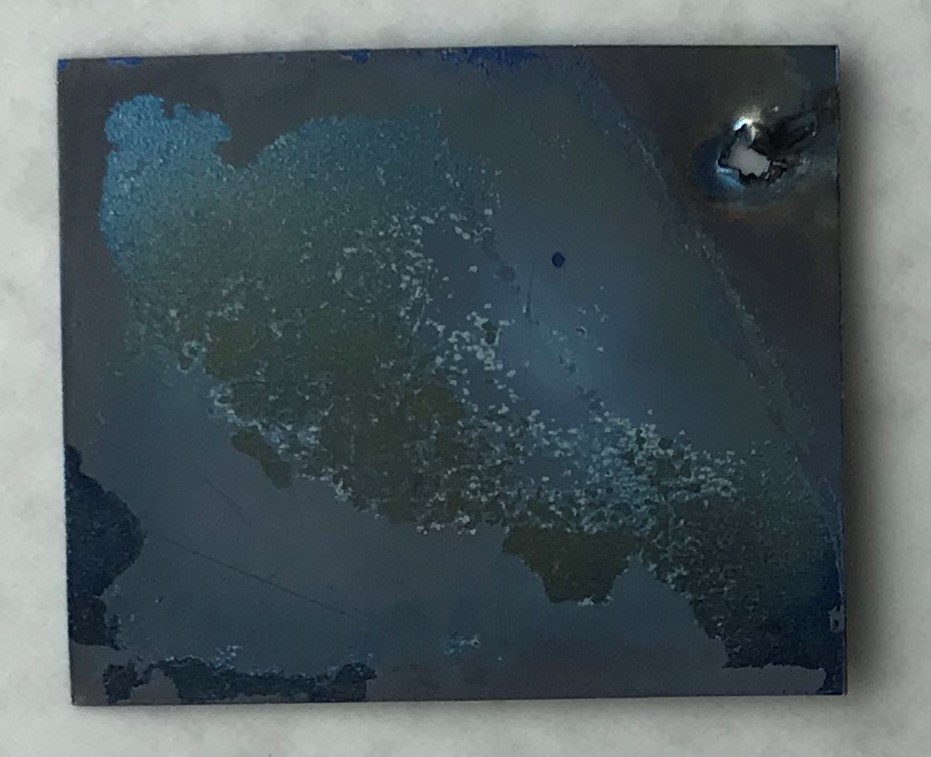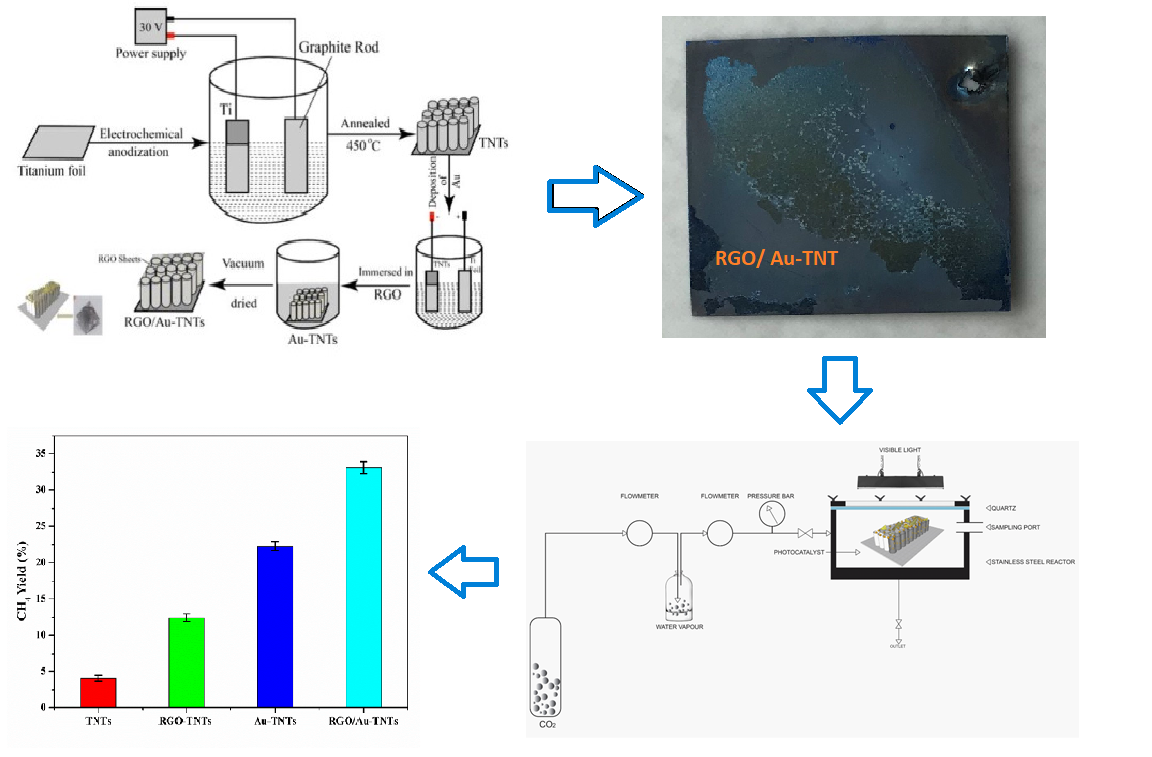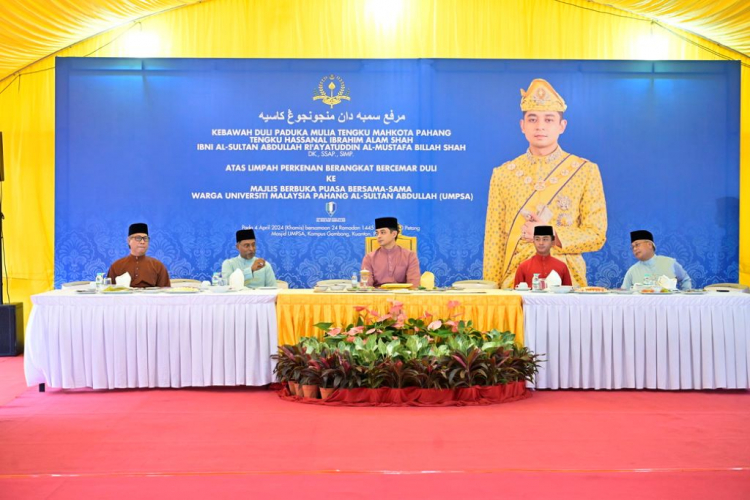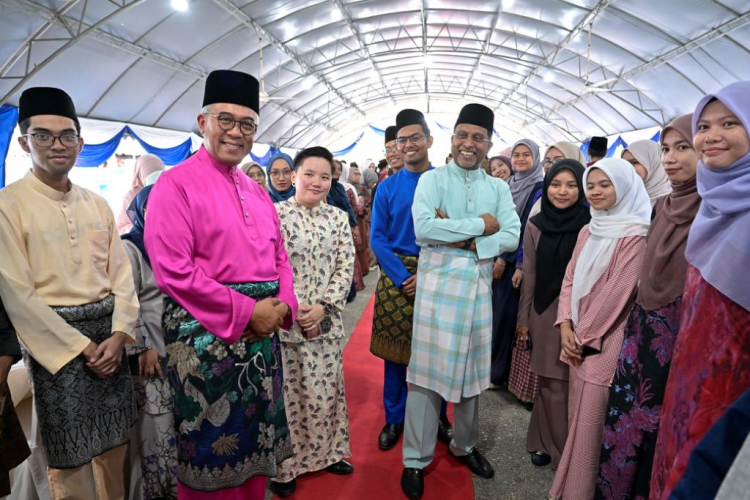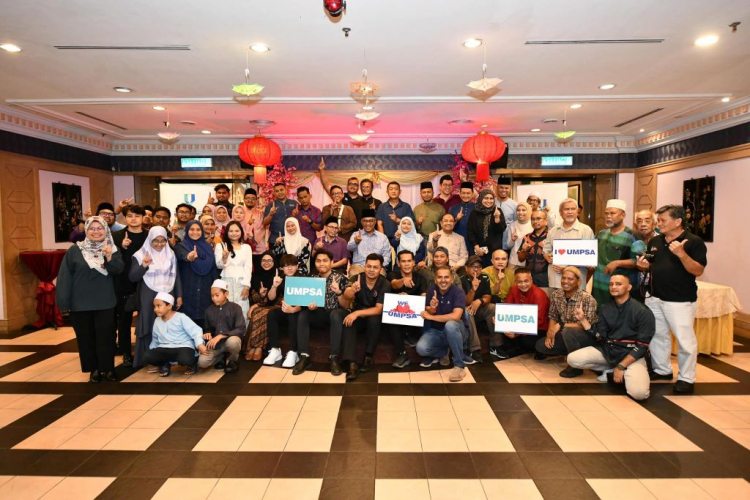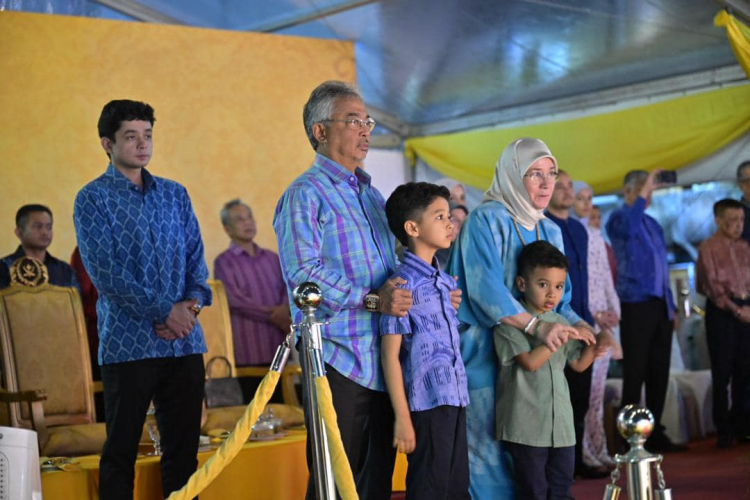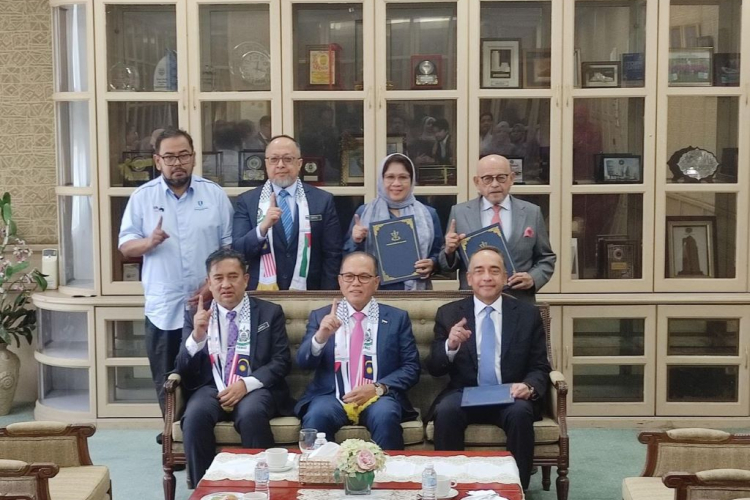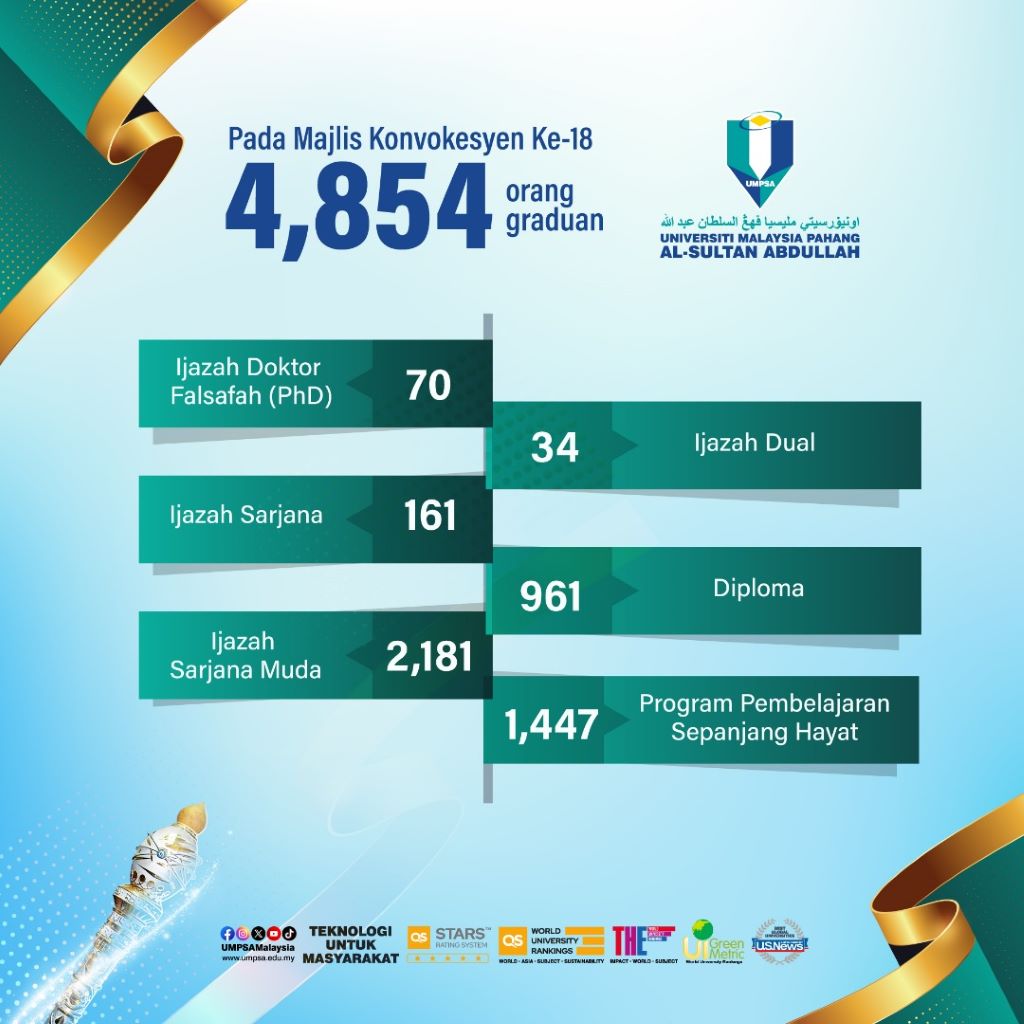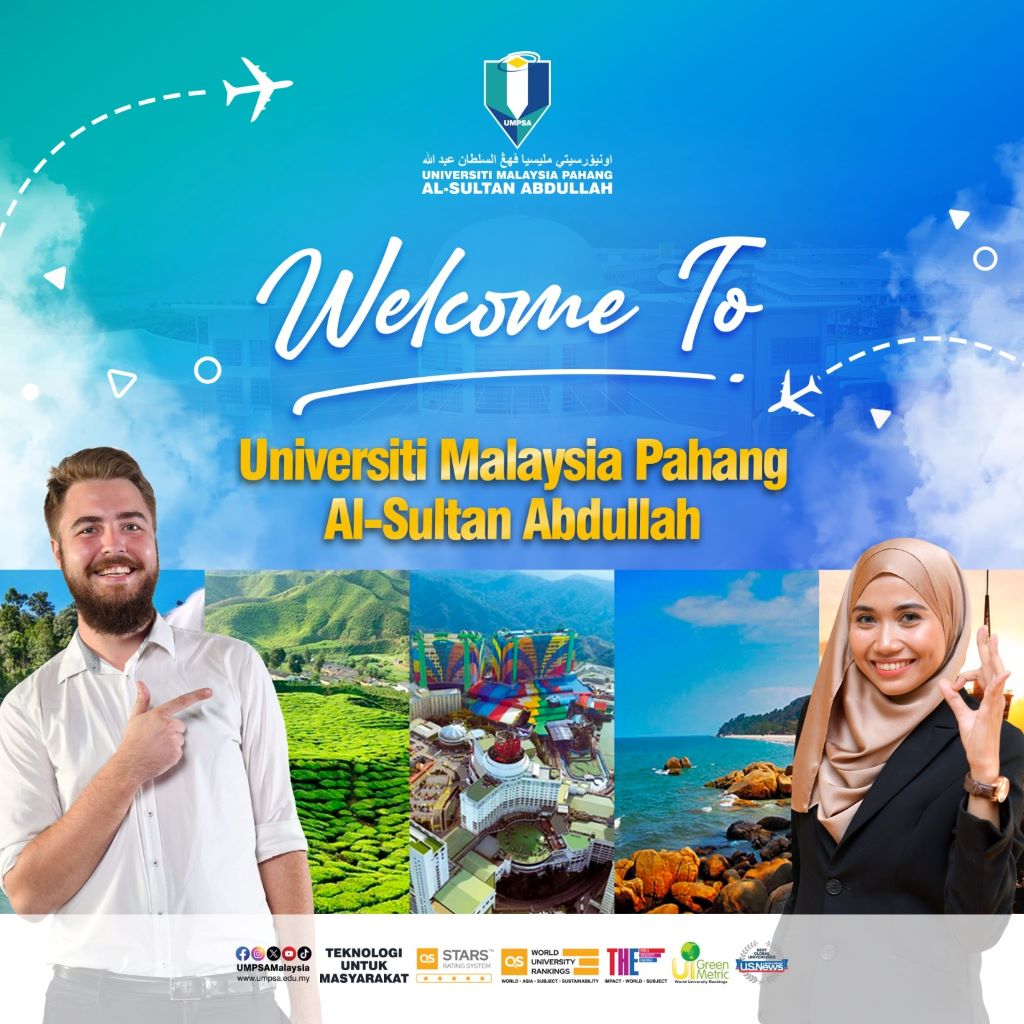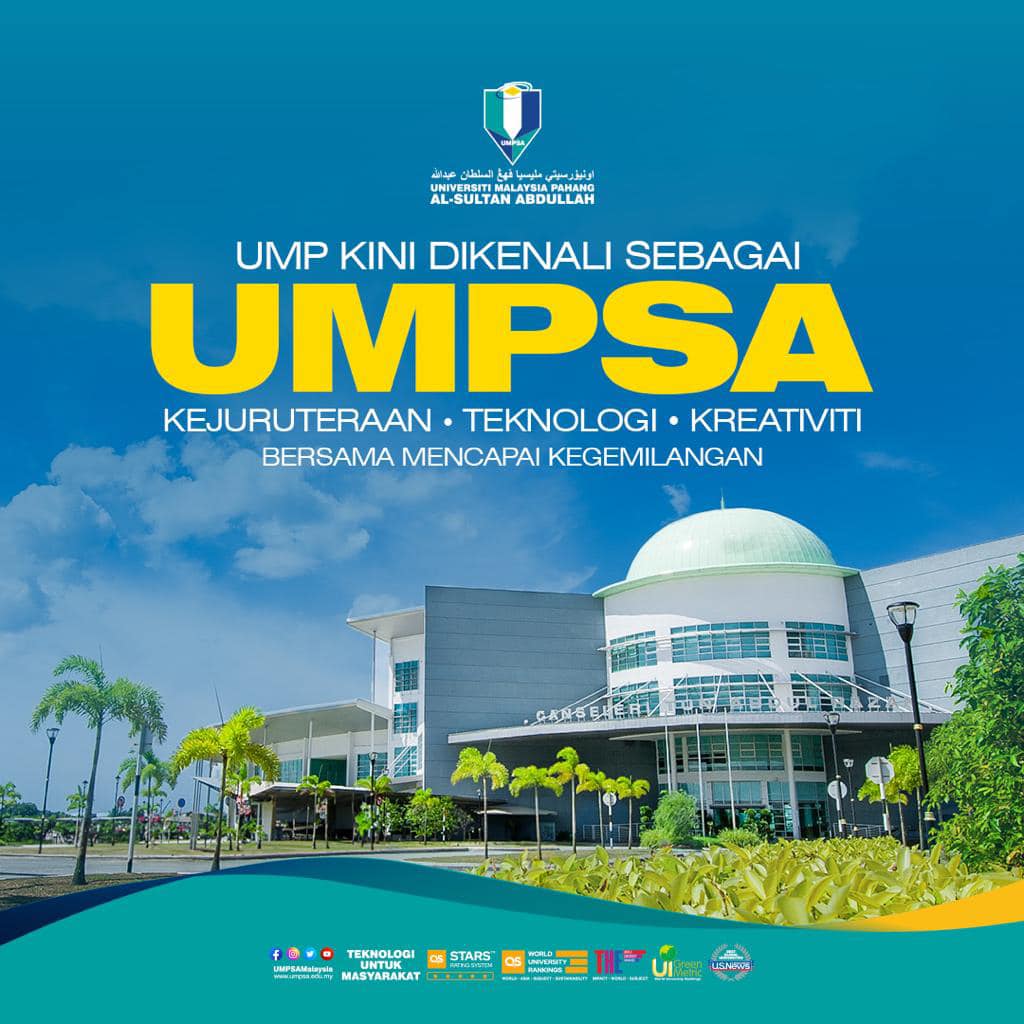Associate Professor Dr. Azrina produces hydrocarbon fuel through photocatalytic CO2 conversion using nanoparticles
GAMBANG, 7 June 2021 - A research titled ‘Nanoparticles for CO2 Conversion’ conducted by Associate Professor Dr. Azrina Abdul Aziz, 35, focuses on novel nanocomposite photocatalyst synthesis by implementing electrochemical anodisation, electrochemical deposition, and immersion method.
According to the researcher and lecturer from the Faculty of Civil Engineering Technology (FTKA), Universiti Malaysia Pahang (UMP), the nanoparticles utilise the visible light (53% in the solar spectrum) to produce hydrocarbon fuel through photocatalytic CO2 conversion.
“The hydrocarbon fuel (CH4) can be used as domestic fuel and power generation purposes to meet the future energy demand and reduce the increased amount of CO2 from the atmosphere.
“Research started in September 2017 and ended in February 2020.
“The idea of this research sparked when unprecedented changes of climate, greenhouse gas and CO2 in the last decades have created a miserable situation to the planet and considered as one of the most concerned areas.
“In addition, fossil fuel is depleting and the global energy crisis is rising. Thus, the utilisation and conversion of CO2 gas to useful chemicals could fulfil this dilemma rationally,” said the Perak-born researcher.
She added that the research was done with Associate Professor Dr. Che Ku Mohammad Faizal Che Ku Yahya (Faculty of Chemical and Process Engineering Technology), Professor Dr. Shaliza Ibrahim (Universiti Malaya), Dr. Sim Lan Ching (Universiti Tunku Abdul Rahman), Associate Professor Dr. Minhaj Uddin Monir (Bangladesh) and Fatema Khatun, a Master student (FTKA).
“In brief, titanium dioxide nanotube (TNT) incorporated with Au was successfully synthesised through a facile electrochemical deposition method and simple experimental set-up.
“The prolonged visible light absorption efficiency improved the TNTs e−/h+ recombination rate and enhanced the photocatalytic CO2 conversion efficiency by employing localised surface plasmon resonance (LSPR) Au nanoparticles and highly active RGO.
“Therefore, this approach opens numerous paths for the efficient visible light photocatalyst (VLP) to utilise huge solar spectrum to produce hydrocarbon fuels from the excessive CO2 in the atmosphere.
“The final product of this work has a great advantage in energy and environmental domains,” she said.
For practical applications and industrial feasibility, she added that a scale-up study could be developed via the technological aspects of reactor functions, good catalyst performance with low cost, and advanced synthesis mechanism to improve the photocatalytic reduction of CO2.
“This research was supported by the Fundamental Research Grant Scheme (FRGS) from the Ministry of Higher Education (MoHE) Malaysia.
“The research and industrial collaboration has been signed with Kamaruddin Harun Consultants Sdn. Bhd.
“The estimated material cost for the nanoparticle size of 100 × 100 × 0.7 mm is RM220.00,” she said, who has expertise in Environmental Engineering.
For the record, this research won a gold medal at CITREx 2020 and ITEX 2020.
By: Safriza Baharuddin and Nur Hartini Mohd Hatta, UMP Press
Translation by: Dr. Rozaimi Abu Samah, Engineering College/Faculty of Chemical and Process Engineering Technology


